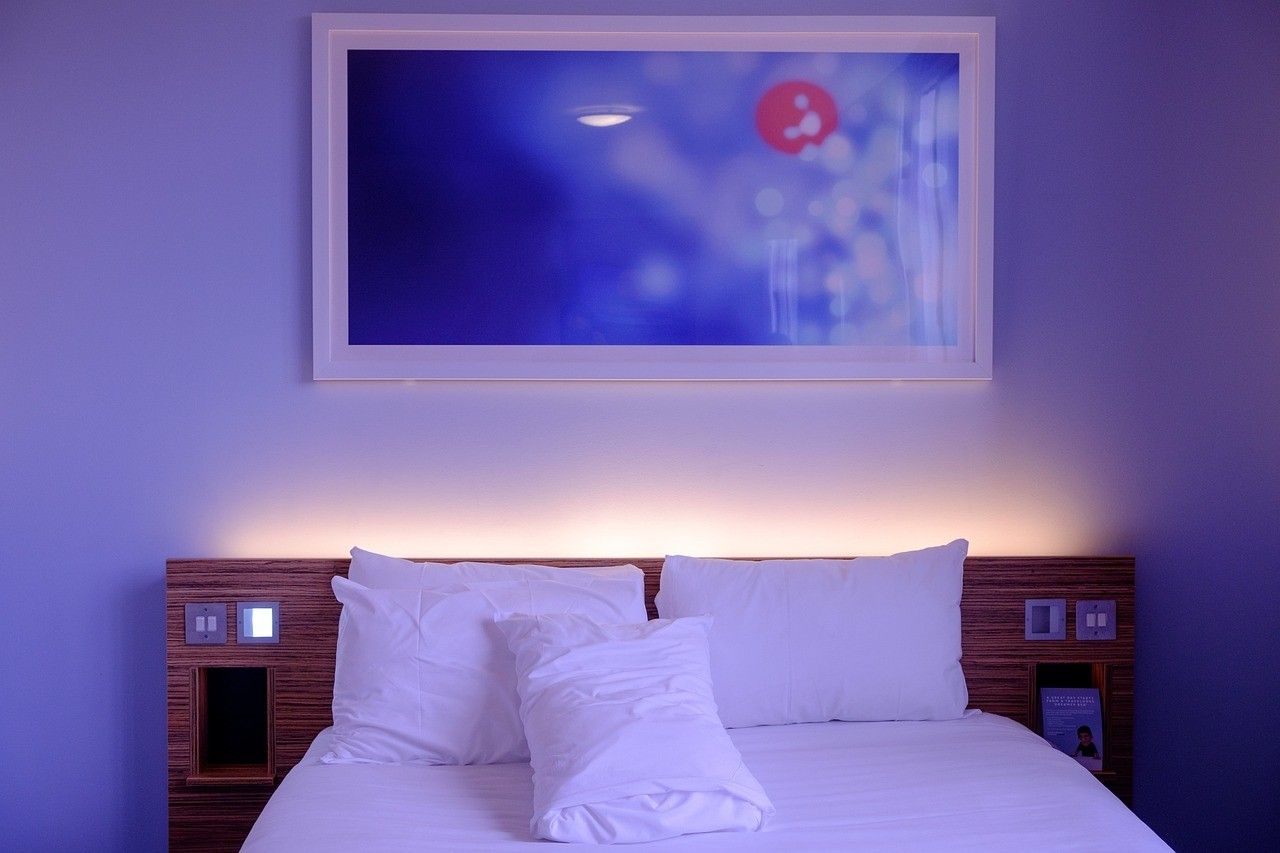Modern Indian cities are a sensory overload—traffic horns, concrete jungles, and the air thick with pollutants. As urban spaces evolve, our understanding of wellness needs to go beyond gyms and diets. The homes we live in play a pivotal role in our overall well-being, and often, something as simple as a window can be the silent architect of a healthier life.
Yes, windows. They are not just architectural features to let in light or air, but powerful tools that shape how we feel, breathe, and live. In urban India, where space is tight and air quality is often poor, rethinking windows as wellness instruments is not just smart, it’s essential.
The Role of Natural Light and Airflow
Let’s start with the basics. Exposure to natural light has been proven to regulate our circadian rhythm, improve mood, and even enhance productivity. Yet, in cramped apartments or high-rises squeezed into tight city plots, light becomes a luxury. Poorly designed windows—or worse, windows blocked by buildings—can turn a living space into a dull, lifeless zone.
The right kind of window, with thoughtful placement and intelligent material choices, can flood your interiors with daylight while maintaining privacy. In cities like Delhi, Bengaluru, or Mumbai, where air quality can swing from tolerable to hazardous within hours, having windows that allow for cross-ventilation without compromising on security or insulation is a game changer.
More Than Just a View
Today’s aluminium design window systems are doing more than just framing a view. They’re shaping it. Aluminium has emerged as a preferred material not only for its sleek aesthetics but also for its durability and ease of maintenance. What makes these windows particularly appealing in the wellness conversation is their ability to accommodate larger panes of glass with minimal framing. The result? Broader views, more light, and a greater connection with the outdoors all contribute to a sense of openness and calm.
Aluminium window profiles also allow for tight sealing, reducing unwanted dust and noise, both of which are everyday irritants in an Indian city. Whether it’s honking traffic or construction dust, these are stress triggers we’ve simply accepted. A well-sealed window helps change that narrative.
Breathing Easy, Thinking Smart
Ventilation is another critical part of the wellness equation. Many Indian homes rely heavily on artificial cooling systems, especially during the long summer months. However, strategic use of windows can lessen this dependence, allowing fresh air to circulate and keeping energy bills in check. An aluminium section window designed for efficient airflow can offer the best of both worlds: fresh air when you want it and insulation when you don’t.
Eternia, a premium brand in this space, understands the dual demands of urban aesthetics and everyday wellness. Their window systems are engineered not just for looks but for life. With high-grade aluminium and thoughtful ergonomics, Eternia windows help filter out pollutants, reduce noise levels, and enhance thermal comfort, transforming homes into sanctuaries.
Noise, the Unseen Intruder
Sound pollution is an often overlooked but significant wellness factor. Constant exposure to high decibel environments has been linked to elevated stress levels, poor sleep, and even cardiovascular issues. Aluminium window profiles, especially those with double or triple glazing options, act as effective sound barriers. They can make the difference between a restless night and a restful one, especially if your home overlooks a busy street or railway line.
Design That Heals
Beyond functionality, there’s the psychological lift that good design offers. A minimalist, clean-lined aluminium design window can bring an understated elegance to interiors. The visual lightness of aluminium frames helps reduce visual clutter, which in turn contributes to mental clarity. Wellness, after all, is just as much about what you don’t see—dust, clutter, chaos—as it is about what you do.
Aluminium section windows can be customised for a variety of home layouts: sliding, casement, and tilt-and-turn, all while maintaining slim profiles and robust performance. This adaptability means you don’t have to compromise on your design vision to build a healthy, liveable space.
The Future is Transparent (and Breathable)
As the concept of wellness expands to include the environments we inhabit, windows will play an increasingly central role. They will no longer be afterthoughts but considered tools in the larger health and design strategy of a home. From letting in vitamin D-rich sunlight to improving indoor air quality and reducing mental fatigue, the humble window has quietly evolved into a wellness ally.
It’s time we start giving it the credit and investment it deserves.
Aluminium window profiles and systems are not just about building better homes; they’re about building healthier lives. In a landscape where wellness is often reduced to consumer products or services, reframing windows as essential well-being tools brings the conversation back to what truly matters—our everyday environment.
After all, wellness doesn’t start at the spa or the yoga mat. Sometimes, it starts with the window beside your bed.



